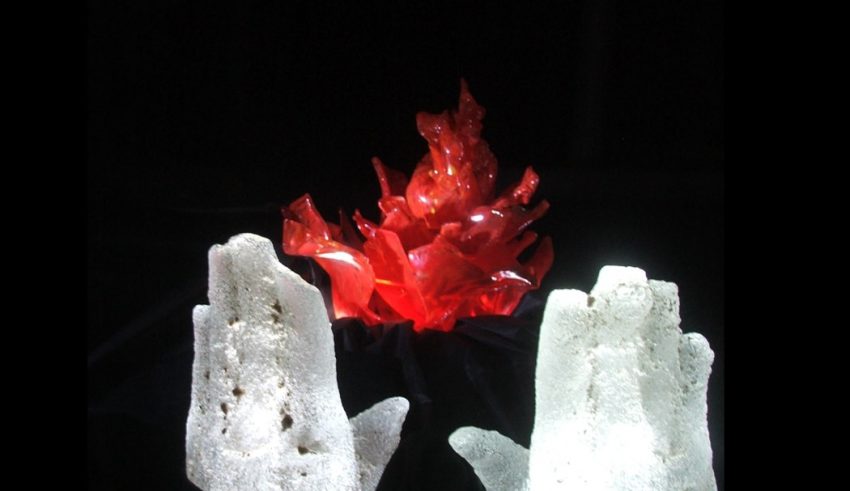
Peter Senge identifies several conditions that underlie what we have described as the rouge event.viii First, cause and effect are usually not very closely tied together with regard to most complex human systems:ix
When we play as children, problems are never far away from their solutions—as long, at least, as we confine our play to one group of toys. Years, later, as managers, we tend to believe that the world works the same way. If there is a problem on the manufacturing line, we look for a cause in manufacturing. If salespeople can’t meet targets, we think we need new sales incentives or promotions.
This is certainly the case with rogue events. The cause and effects of rogue events are often disconnected in both time and space. A highly influence action or situation is often defined by us as a rogue event. Yet, we can’t say much about what caused it or how the causes that we do identify are related to the enormous impact that this event has had in the world. We are confused about causes.
A leader seems to be acting like a jerk, because we have been unable or unwilling to look beyond immediate cause and effect relationships to identify the real causes of the rouge event or jerky behavior. A change in accounting practices resolves our manufacturing problem and we are surprised. It is a rogue event because we had failed to connect accounting to manufacturing. We are surprised by the impact that a slight change in a product line has on the effectiveness of a sales campaign because we previously ignored the intimate relationship between product design and sales. A leader becomes unexpectedly ineffective in motivating her employees because the connection between lower morale among employees and the company’s new compensation package is neither recognized nor appreciated.
Senge offers a second observation. He notes that small changes—in this case, rogue events—can produce big results: “small, well-focused actions can sometimes produce significant, enduring improvements, if they’re in the right place.” This principle, which systems thinkers call leveraging parallels the chaos theory concept of self-organizing criticality, and is illustrated by Buckminster Fuller in the use of trim tabs on the rudder of a ship:x
A trim tab is a small “rudder on the rudder” . . . It is only a fraction the size of the rudder. Its function is to make it easier to turn the rudder, which, then, makes it easier to turn the ship. The larger the ship, the more important is the trim tab because a large volume of water flowing around the rudder can make it difficult to turn.
. . . [S]hips turn because their rear end is “sucked around.” The rudder, by being turned into the oncoming water, compresses the water flow and creates a pressure differential. The pressure differential pulls the stern in the opposite direction as the rudder is turned. . . . The trim tab . . . does the same for the rudder. When it is turned to one side or the other, it compresses the water flowing around the rudder and creates a small pressure differential that “sucks the rudder” in the desired direction. . . .
The entire system—the ship, the rudder, and the trim tab—is marvelously engineered through the principle of leverage. . . . So, too, are the high-leverage changes in human systems . . .








